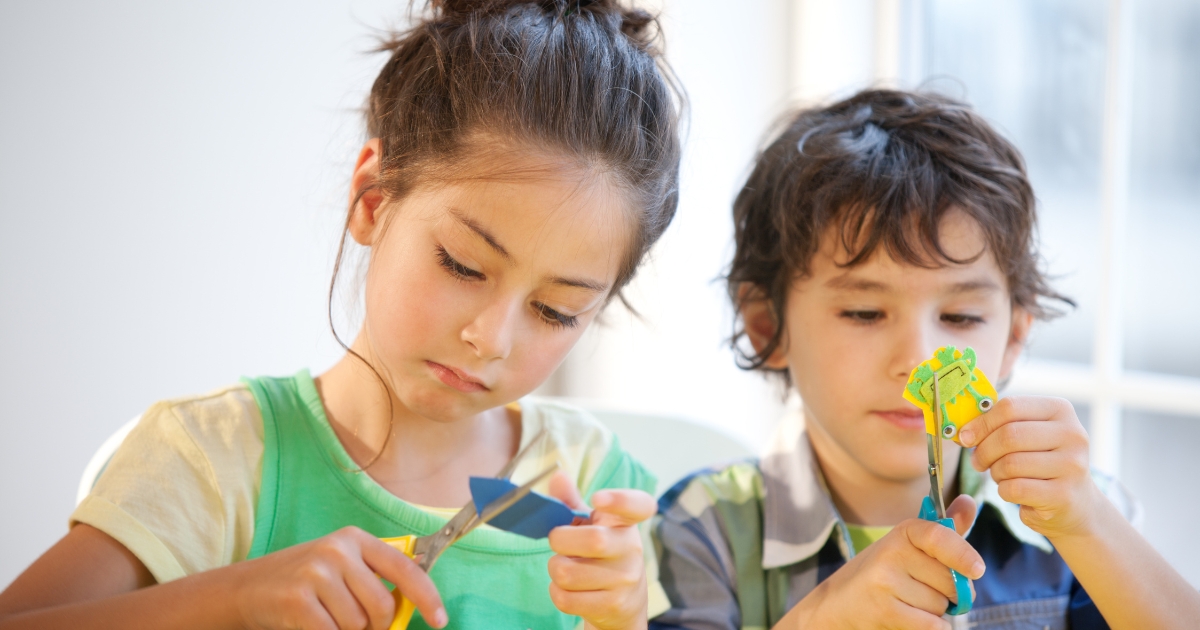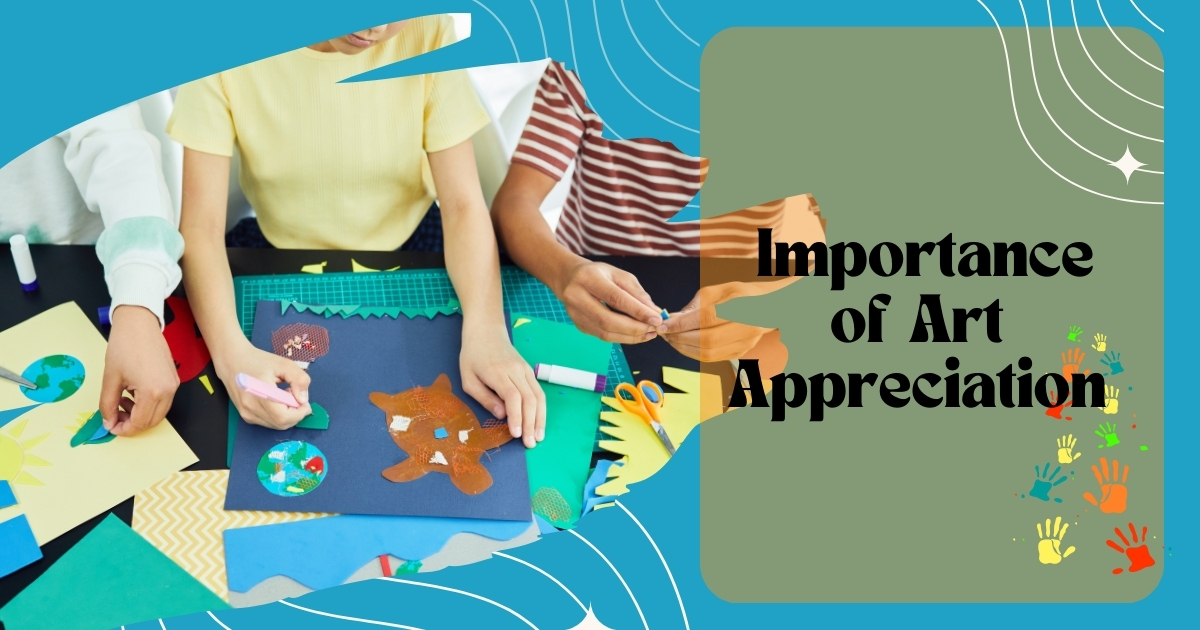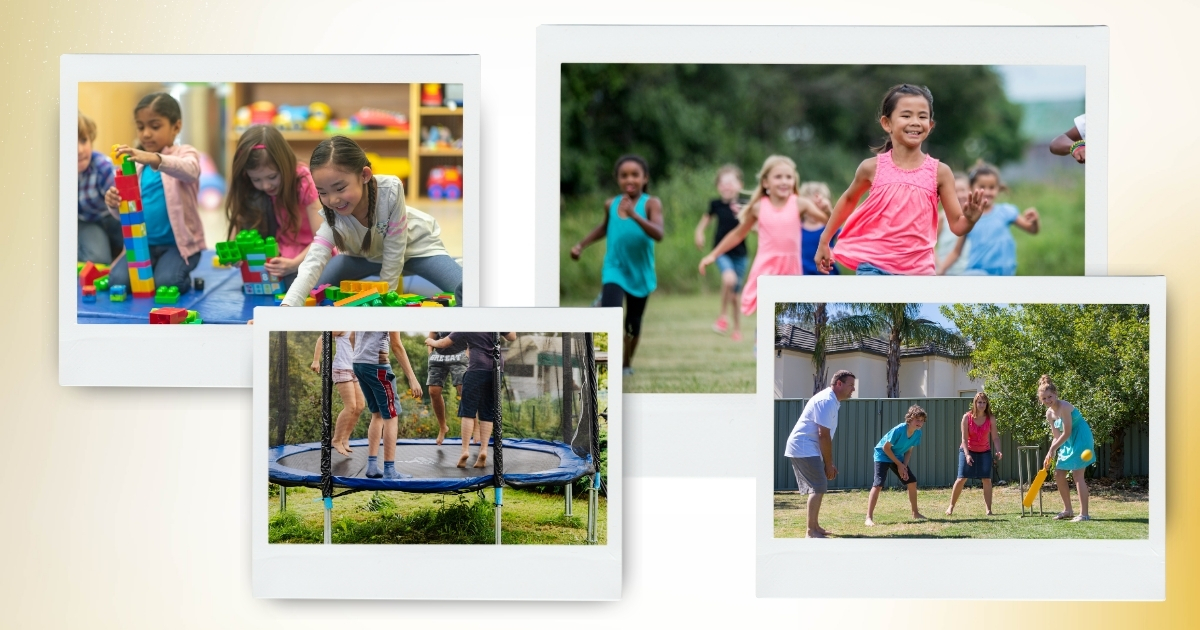Art is not just limited to museums or galleries; it’s something we encounter daily, from the illustrations in books to the design of our surroundings. Introducing art appreciation in homeschool education can significantly enrich a child’s academic experience. For many homeschooling parents, the flexibility to customize learning allows for deeper exploration of creative pursuits, such as art. But where to begin?
This post explores practical ways to teach art in a homeschooling setup and highlights the key benefits of art education at home. By incorporating intentional art lessons into your homeschooling routine, you can give your child tools for creativity, self-expression, and critical thinking while nurturing a lifelong love for the arts.
Teaching Art In Homeschooling
Teaching art in a homeschool setting might feel like a daunting task at first, especially if you don’t consider yourself an artist. The good news is, you don’t need professional training to help your child engage with, create, and appreciate art. Here are some effective strategies for introducing art into your homeschool curriculum:
- Start with Art History
Understanding the works of great artists and how they shaped art movements across history can inspire curiosity and creativity. Start by:
- Reading biographies or watching short documentaries about artists like Picasso, Van Gogh, Frida Kahlo, or Monet.
- Exploring art movements, such as Impressionism or Abstract Art, in chronological order, showing children how different styles evolved.
- Discussing how art reflects cultural and historical contexts. For instance, consider the role of the Renaissance or the Harlem Renaissance in shaping global art.
- Prioritize Hands-On Creation
Art appreciation isn’t just about studying famous works; hands-on activities are essential for engaging children. Provide your child with a variety of art supplies and experiment with:
- Drawing and sketching using charcoal, pencils, and pastels.
- Painting with watercolors, acrylics, or oil paints.
- Sculpting with clay, foam, or even kitchen dough.
- Mixed media projects, like combining paint with found objects or photographs.
Encourage your child to explore and create without worrying about perfection. This freedom to make mistakes and express themselves fosters confidence over time.
- Visit Local Art Exhibitions
Art doesn’t have to come only from books or websites. Taking your child to local museums, galleries, or even outdoor art installations can offer fresh perspectives. Many museums even host family-friendly days with workshops or scavenger hunts to make learning interactive and exciting. If in-person visits aren’t possible, consider virtual museum tours, which offer a rich assortment of art to explore.
- Use Online Resources
The digital age has brought endless art resources to your fingertips. Leverage platforms like YouTube, where experts explain art techniques step-by-step or discuss individual paintings. Websites such as Google Arts & Culture allow children to explore iconic pieces from around the globe in high definition. Apps like Procreate also make digital art an accessible and exciting medium for kids.
- Integrate Art with Other Subjects
Art can complement other subjects rather than stand as an isolated topic. For example:
- Use art to illustrate concepts in science, such as diagramming parts of a plant or drawing constellations.
- Explore architecture or maps in history lessons and replicate them with clay or paper.
- Include art-related vocabulary in language lessons to strengthen communication skills.
These interdisciplinary approaches illustrate how art weaves through nearly every facet of learning.

Benefits Of Art Education At Home
Art education does more than improve artistic skills. Research shows that it cultivates critical thinking, boosts emotional health, and even enhances academic performance in other subjects. Here are some of the powerful benefits children can gain from art appreciation in homeschool:
Improved Creativity and Problem-Solving
Art challenges children to think outside the box and approach tasks from new perspectives. When your child works on an art project, they learn to troubleshoot, experiment with methods, and take risks—all essential life skills. For instance, figuring out how to balance colors in a painting or construct a sturdy structure from cardboard teaches resilience and adaptability.
Strengthened Emotional Development
Art provides an outlet for self-expression, making it particularly valuable for children who might struggle to express their emotions verbally. Through drawing, painting, or sculpting, they can channel their feelings into creations, helping them process emotions or work through challenges.
Enhanced Observation Skills
Art typically requires detailed observation, whether recreating a still-life scene or analyzing the techniques used in a masterpiece. By focusing on subtle details in light, shadow, and texture, children improve their ability to notice and analyze their surroundings.
Better Cultural Awareness
Studying art cultivates a deep appreciation for different cultures and traditions. Learning about diverse art forms—from Indigenous pottery of the Americas to Japanese ink painting or African textiles—not only broadens a child’s perspective but fosters empathy for individuals from varying backgrounds.
Boosted Academic Performance
The cognitive benefits of art education are vast. Studies show that students exposed to art tend to perform better in subjects like reading, math, and science. This result could stem from the critical thinking skills developed through creative processes or the boost in neural connections that art activities promote.
Strengthened Family Bonds
One of the unique benefits of homeschooling is building strong family connections. Integrating art into your teaching allows you to participate actively in your child’s creative pursuits, sharing quality time while learning alongside them. Projects like collaborative murals or family scrapbooks become cherished memories.
Overcoming Challenges in Teaching Art
Homeschooling parents often express concerns about teaching subjects they feel unprepared for, and art is no exception. You might worry about a lack of skills, inadequate resources, or simply finding time for art lessons. These concerns are valid, but they’re also manageable.
Start with small, achievable projects. You don’t need to replicate a professional art studio at home; simple materials like crayons, markers, and paper are enough to begin. Approach art as a shared discovery process rather than a formal lesson. It’s okay to learn alongside your child, experimenting and exploring the arts together.
If you want more structure, numerous pre-designed art curricula are available online to guide you through lessons. Consider programs like Artistic Pursuits or Atelier, which cater specifically to homeschool families and minimize the guesswork.
Getting The Most Out Of Art Lessons
To maximize the benefits of art education, consider these practical tips for making art lessons both fun and impactful:
- Create a Dedicated Art Space: Set up a small corner in your house where children can use their art supplies freely. Having a space where they can leave projects-in-progress fosters creativity without worrying about tidying up too quickly.
- Establish a Routine: Include art as a regular part of your homeschool schedule. For example, dedicate an afternoon each week solely to art appreciation and creation.
- Set Varied Goals: Balance open-ended activities with structured challenges. For example, ask your child to replicate a Monet landscape one week, then encourage them to create an abstract piece the next.
- Celebrate Their Work: Display your child’s artwork at home, host a mini-exhibition for family, or share their projects with extended family members. Showing that their efforts are valued boosts confidence and motivation.
Building Lifelong Appreciation
Art appreciation goes beyond the homeschool years. By nurturing a love for art in your child now, you help create opportunities for lifelong learning and cultural engagement. Whether they take occasional museum trips as adults, pursue an art hobby, or work professionally in creative fields, the foundational experiences you provide will always play a role.
Fostering art appreciation isn’t about perfection or mastery but discovery and joy. Embarking on this artistic adventure together has rewards not only for your child’s growth but also for your own. By bringing art into your homeschool program, you introduce a new world of possibilities that can ripple through every aspect of your child’s life.





